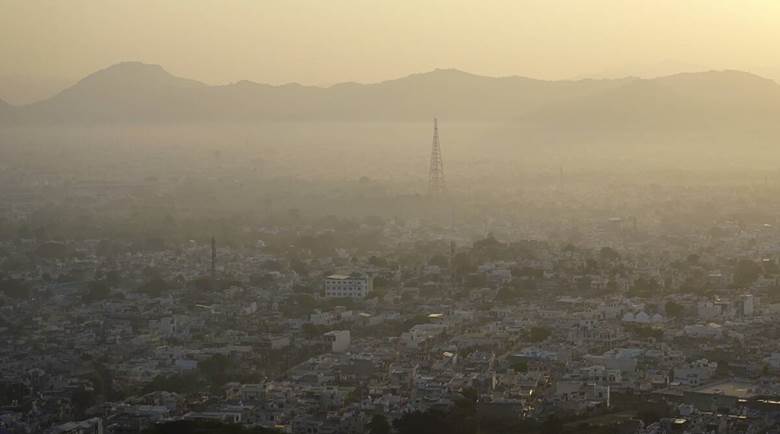Description

Disclaimer: Copyright infringement not intended.
Context: The UNEP report released, titled ‘Emissions Gap Report 2022: The Closing Window — Climate Crisis Calls For Rapid Transformation of Societies’, has found that in India and six other top emitters, emissions have rebounded and increased after the pandemic.
Details:
- Ahead of the 2022 United Nations Climate Change Conference, also known as COP27, scheduled to take place in the Egyptian city of Sharm El Sheikh next month, the United Nations Environment Programme (UNEP) said that the world is falling short of the goals set forth in the Paris Climate Agreement adopted in 2015, and that no credible pathway is currently in place to restrict global warming to under 1.5 degrees Celsius above pre-industrial levels.
- The UNEP report has found that in India and six other top emitters, emissions have rebounded and increased after the pandemic.
- The top seven emitters (China, the EU27, India, Indonesia, Brazil, the Russian Federation and the United States of America) plus international transport accounted for 55 per cent of global GHG (greenhouse gas) emissions in 2020. Collectively, G20 members are responsible for 75 per cent of global GHG emissions
- The global average per capita GHG emissions was 6.3 tonnes of CO2 equivalent (tCO2e) in 2020. The US remains far above this level at 14 tCO2e, followed by Russia at 13 tCO2e, China at 9.7 tCO2e, Brazil and Indonesia at about 7.5 tCO2e, and the European Union at 7.2 tCO2e.
- India remains far below the world average at 2.4 tCO2e.
- For most major emitters, including China, India, the Russian Federation, Brazil and Indonesia, GHG emissions (excluding land use and forestry sectors) rebounded in 2021, exceeding pre-pandemic 2019 levels,” the report said.
- UNEP said that the G20 countries have just started to work on meeting their new targets, and collectively, are expected to fall short of their promises for 2030.
- “Policies currently in place, without further strengthening, suggest a 2.8°C hike… To get on track to meet the Paris Agreement goal, the world needs to reduce greenhouse gases by unprecedented levels over the next eight years,” the UNEP said.
- Unconditional and conditional NDCs are estimated to reduce global emissions in 2030 by five and 10 per cent respectively, compared with emissions based on policies currently in place.
- To get on a least-cost pathway to limiting global warming to 2°C or 1.5°C, these percentages must reach 30 per cent and 45 per cent respectively. Emissions must continue to decline rapidly after 2030 to avoid exhausting the remaining atmospheric carbon budget.
United Nations Environment Programme (UNEP):
- It is a leading global environmental authority established on 5th June 1972.
- It sets the global environmental agenda, promotes sustainable development within the United Nations system, and serves as an authoritative advocate for global environment protection.
- Headquarters: Nairobi, Kenya.
- Major Reports: Emission Gap Report, Adaptation Gap Report, Global Environment Outlook, Frontiers, Invest into Healthy Planet.
- Major Campaigns: Beat Pollution, UN75, World Environment Day, Wild for Life.

Emissions Gap Report: It assesses the gap between anticipated emissions in 2030 and levels consistent with the 1.5°C and 2°C targets of the Paris Agreement. Every year, the report features ways to bridge the gap.
https://indianexpress.com/article/india/emissions-in-india-6-other-nations-top-pre-covid-levels-8234183/











